Nessun prodotto nel carrello.
5.839,00 €
Whitestone P331 Tube Loading Amplifier è un progetto sviluppato per portare la variabilità della Signal Path audio a tutti gli ingegneri del suono – raggiungendo una operatività versatile, elegante, precisa e sopratutto ripetibile. Non c’è nulla di meglio che passare un segnale attraverso una macchina analogica di alto livello a “Unity” gain, senza alcun reale processamento applicato. Sfruttare il Sound dei circuiti di Input e Output Gain di grandi macchine analogiche (con processing bypassato) è in moltissimi casi lo Step in grado di portare vita e profondità ad una registrazione audio.
Questo è esattamente il lavoro del Whitestone P331: darti il controllo sul modo in cui il segnale audio viene elaborato attraverso Input e Output e sulle possibilità di arricchimento così rese possibili.
Descrizione
SOUL
In 1939, just a few weeks after the start of WWII in Europe, RCA Radiotron introduced the 6SN7 octal (8-pin) double triode tube to the American market. This was the birth of the true common ancestor of all modern double triodes used in high fidelity amplifiers. The 6SN7 is still in production after over 80 years, for good reason.
6SN7 vacuum tubes of the 1940s vintage were chosen for this amplifier due to their lower distortion capabilities that exceed that of the standard and ubiquitous 12A*7 variety. The 12A*7 varieties were incarnated due to commercial needs such that they were “better, cheaper, lighter” at the expense of embodying more distortion. With the advent of feedback, tube amplifiers could be mass produced with these less expensive 12A*7 style tubes using more feedback to reduce distortion.
While feedback reduces distortion, it also lowers overall amplifier gain. It might have been considered heresy to reduce the gain through feedback (and reduce distortion) in earlier tube designs since minimal gain was still extremely expensive prior to the 1950s. Thusly, earlier tube designs were lower distortion on purpose; especially for their critical role in modulation based communication systems that had more stringent requirements than the average 1950s guitar amplifier tube.
Notwithstanding, ultimate circuit topology can bring out more second harmonic characteristics than usual with any tube design. Hence the impetus for the variable circuit topologies within the P331 Tube Loading Amplifier to allow the user to do so as necessary or not at all.
HEART
For any amplifier to be truly great you have to start with good clean power. The P331’s linear power supply is the most critical “component” for audio integrity next to the actual gain structure and circuit topologies within this amplifier. High voltage plate/anode tube power supplies start at around 320V DC and are filtered (up to 6 times) and smoothed with active regulators. It only uses film capacitors and real inductors (chokes) to remove ripple and noise from the high voltage power supplies.
BRAINS
We’ve taken the very best of vintage analog technology and married it to the best of modern computer-optimized circuit design. This allows a level of precision and clarity which was simply unimaginable when tubes of this vintage were originally developed.
The P331 is full digitally controlled analog. Each parameter is fully repeatable and can be recalled via front panel rotary and toggle switches commanding over 80 sealed precision relays. No audio runs to the P331’s front panel and only the finest components are used throughout the audio path.
LOADING
The LOADING circuit is part of the fully differential (balanced) Class-A tube amplifier. It was designed to coerce an audio signal to hit the tube at different points on its response curve. As the gain increases through the tube, the signal is padded down in equal measure. This helps to ensure minimal audible level gain or loss, allowing you to audition the enhancement the tubes are imparting without drastic changes in level.
There are two modes of operation for the LOADING circuit.
“CLEAN” = Feedback Mode – Utilizes the manipulation of feedback to affect internal tube gain, subtle non-linearities and even order harmonics.
“BLOOM” = Feedforward Mode – Utilizes the manipulation of plate loading to affect internal tube gain, slightly-less-subtle non-linearities and even order harmonics.
AUTO-PADDING (PRE, POST, OPEN) – One of the key elements of the P331’s LOADING circuit is its auto-padding feature. As gain increases through the tubes, the signal is padded down automatically in equal measure. It’s a cool feature and essential to the concept of the unit. To make it even cooler, we provide the ability to control where in the circuit that padding occurs (PRE or POST) or disable the auto-padding all together (OPEN). When in PRE, the auto-padding occurs to the signal before it hits the tube. In POST, the auto-padding occurs after the tubes. While in OPEN the auto-padding is disabled and your Loading knob allows you to crank it up while using your output Gain as a “master volume” of sorts similar to how a guitar amplifier with a master volume would function. It’s all about experimenting and letting your ears guide you.

LIFT
The LIFT circuit is a gentle parallel filter that enhances the highs, lows or both the highs and lows of the signal. Audio passes through the LIFT circuit before the LOADING circuit. With any of the LIFT filters engaged, the audio is passed unscathed through the fully balanced P331 circuitry and blended with harmonic content of the LIFT and LOADING circuits working in concert.
XFORMER
The P331 is designed to run fully transformerless in its default state. This provides the purest, cleanest and most unaffected audio path through the unit. However, in keeping with the P331’s versatility, the operator may switch in output transformers and select two optional settings to load them in different ways. This provides additional options for enhancing the subtle textures of recorded audio.
OUTPUT GAIN
To faithfully reproduce the sound of the audio passing through the tubes and other circuits in the P331, we implemented a low distortion, fully balanced solid state amplifier for the output gain section. The output gain circuit offers 11dB of boost or cut in 1dB increments. However, for even finer control, the “Resolution” switch allows the operator to “back-off” .25dB or .5dB from the current setting.
HARD-WIRE BYPASS
Each section of the P331 (with the exception of the Loading circuit) can be fully hard-wire bypassed. There is also a global hard-wire bypass to remove the entire unit from your signal chain…although, we’re fairly confident you won’t want to use it much.
Rispondi
Modalità di Pagamento
Il tuo ordine può essere completato con diverse modalità di pagamento:
- Bonifico Bancario anticipato
- Carta di Credito
- PayPal
Prezzi
Digiland ha estrema cura dei prezzi pubblicati sul sito, non possiamo però escludere i rari casi in cui alcuni prodotti possano avere un prezzo diverso da quello corretto - per errori di varia natura commerciale. Nel caso in cui il prodotto dovesse riportare un prezzo inferiore a quello corretto, verrai immediatamente contattato per verificare se desideri procedere ugualmente con l'acquisto al prezzo di vendita esatto - altrimenti il tuo ordine non potrà essere confermato. Nel caso di un annullamento ordine ma avvenuto pagamento (con Carta di Credito, Paypal), verrai rimborsato. I prezzi possono essere soggetti a cambiamento senza preavviso.
Garanzia
Tutti i prodotti presenti sul sito sono coperti dalla garanzia ufficiale della casa produttrice o dell'importatore. Le parti Hardware considerate "materiale di consumo" non sono soggette a garanzia. Essa copre i privati per 24 mesi, 12 mesi per i titolari di Partita IVA richiedenti fattura. Nel caso di danni causati da cattivo utilizzo, installazioni erronee e non curanza relativa alle indicazioni fornite dai manuali - la garanzia non può essere applicata.
Per maggiori informazioni, visualizza le pagine complete su Condizioni di Vendita e Diritto di Recesso.

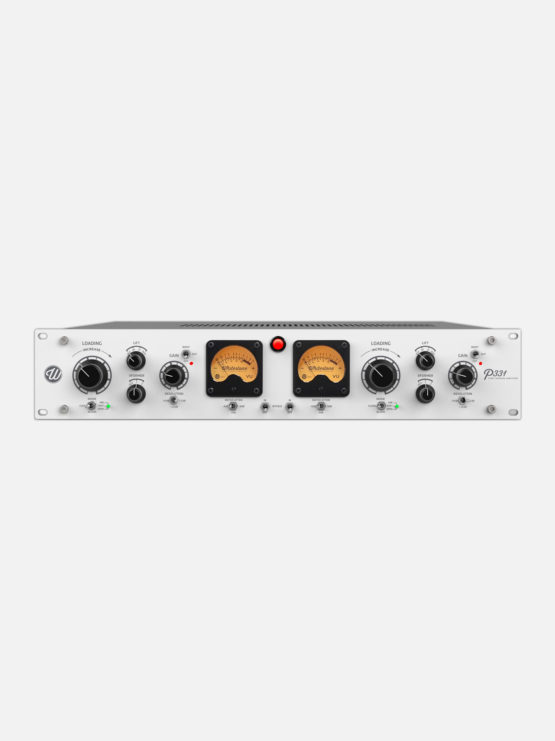
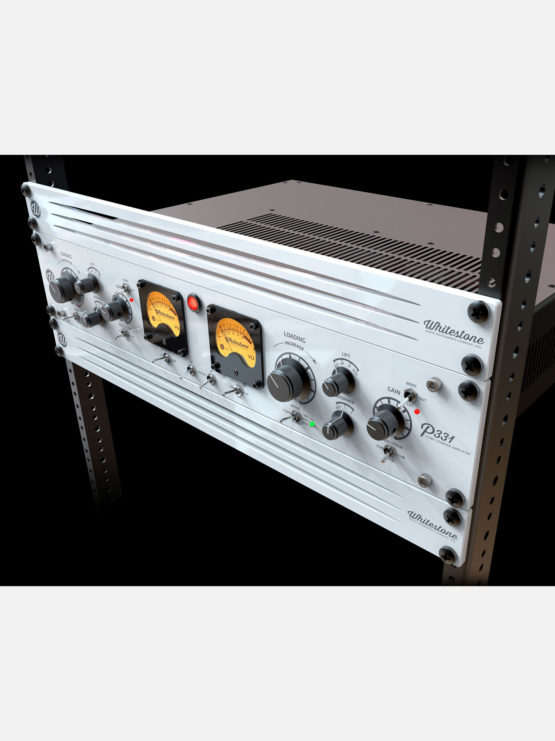
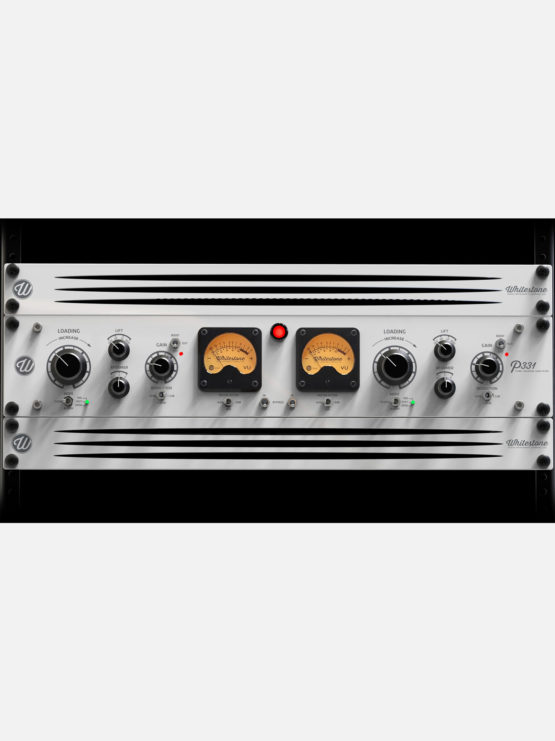
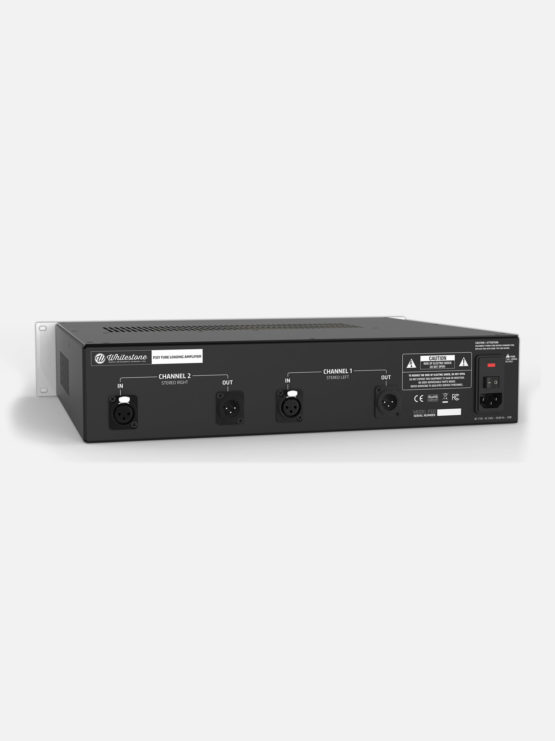
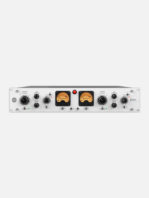
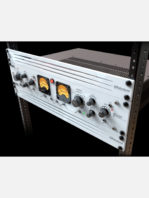
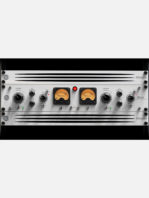
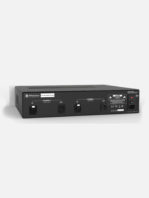
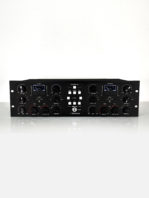
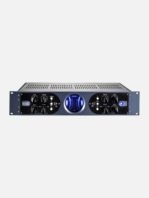

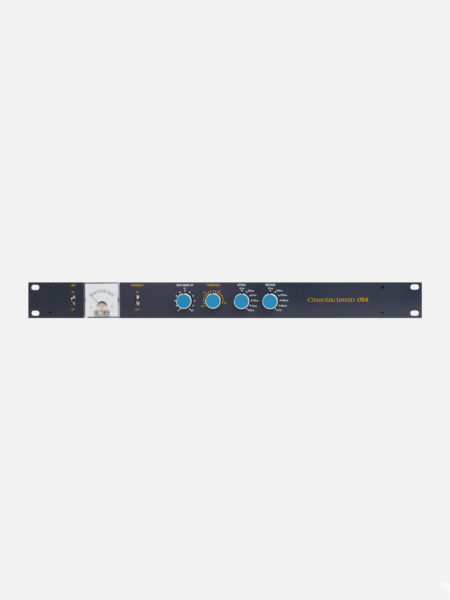
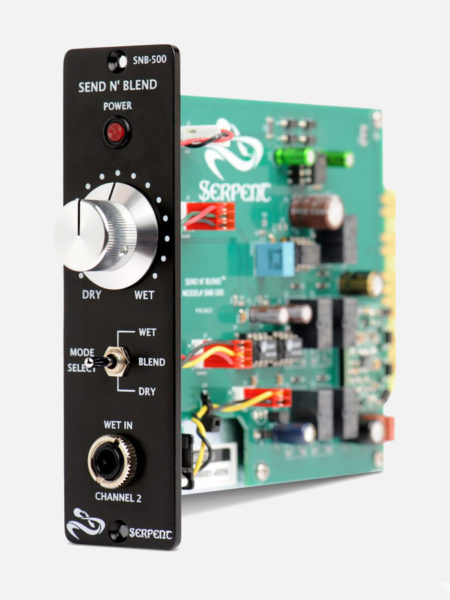
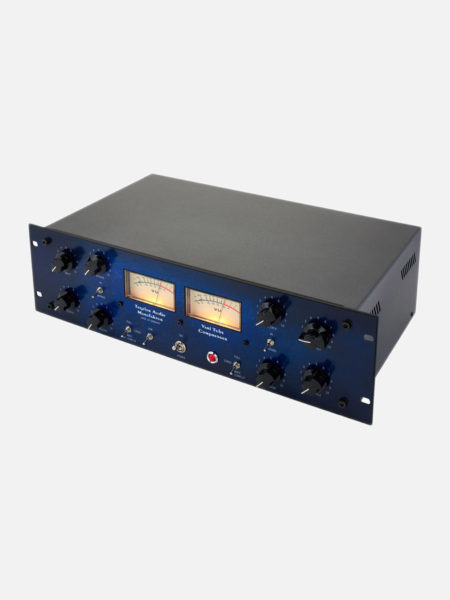
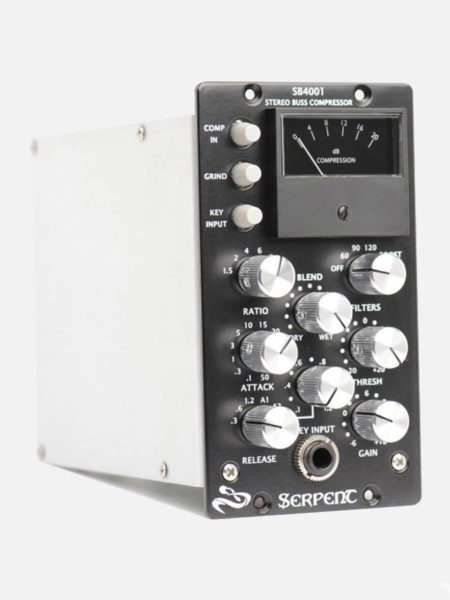
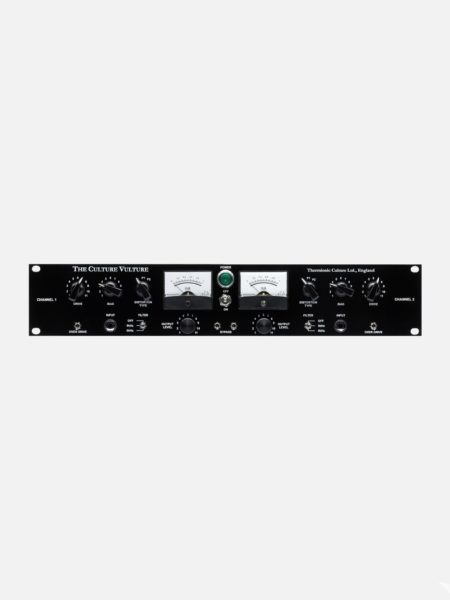
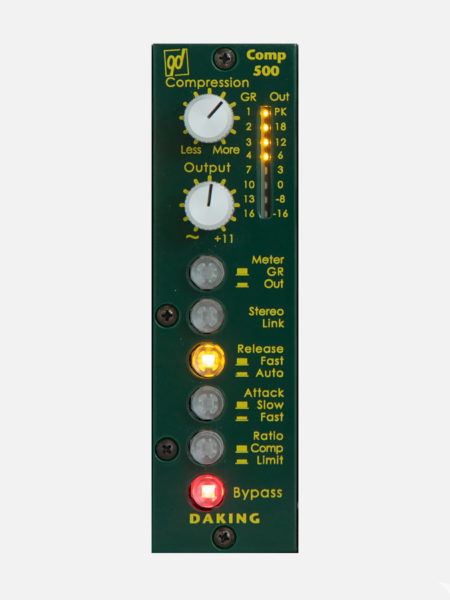
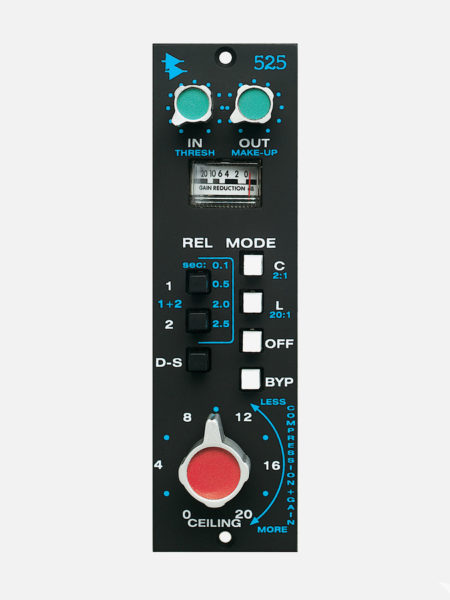
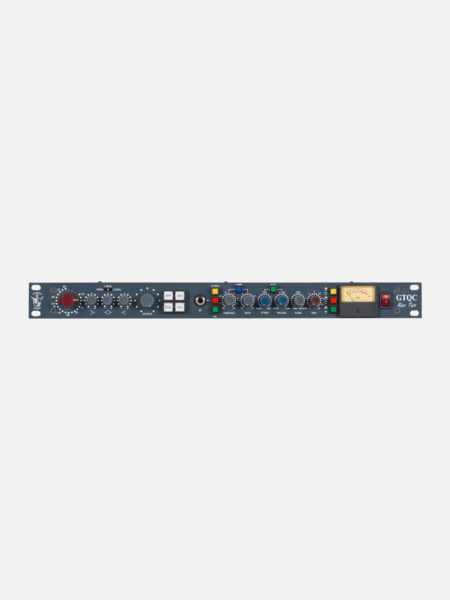
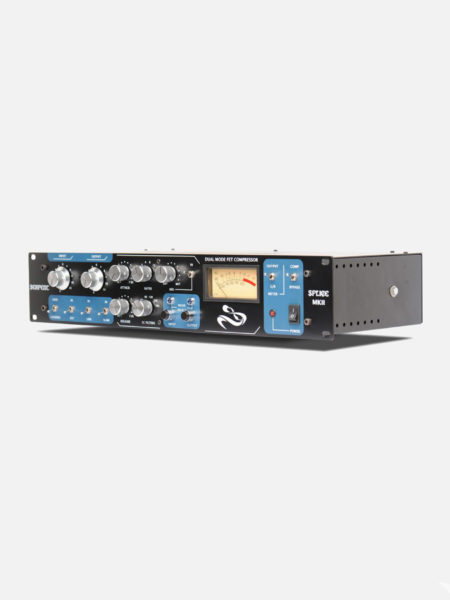
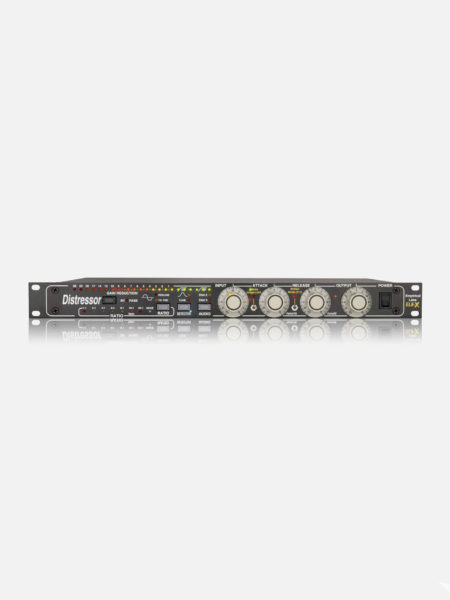
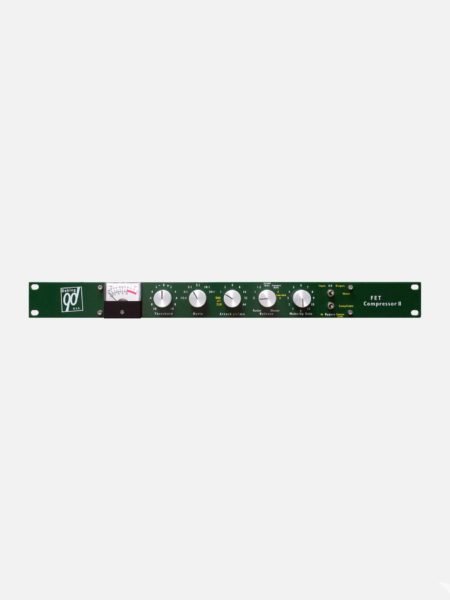
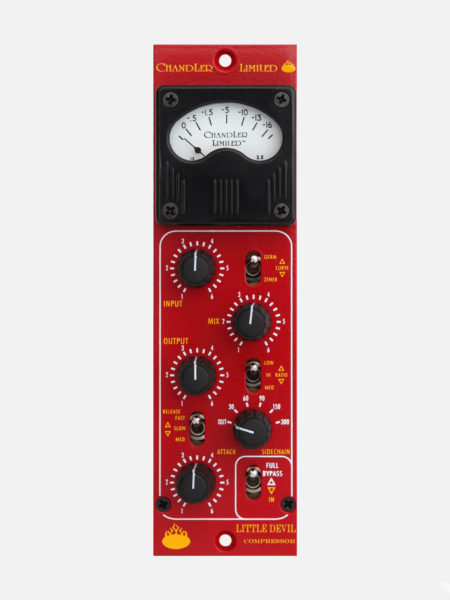
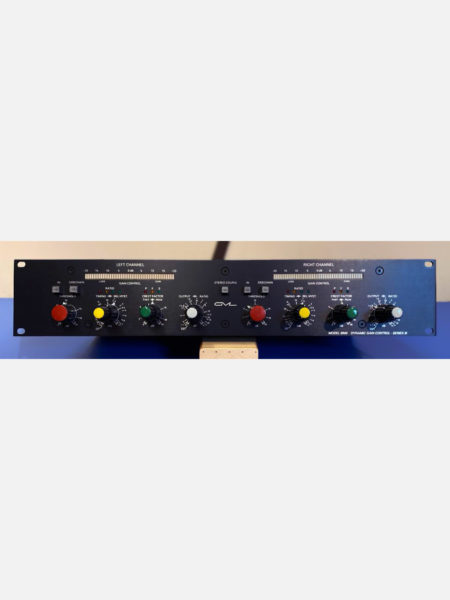
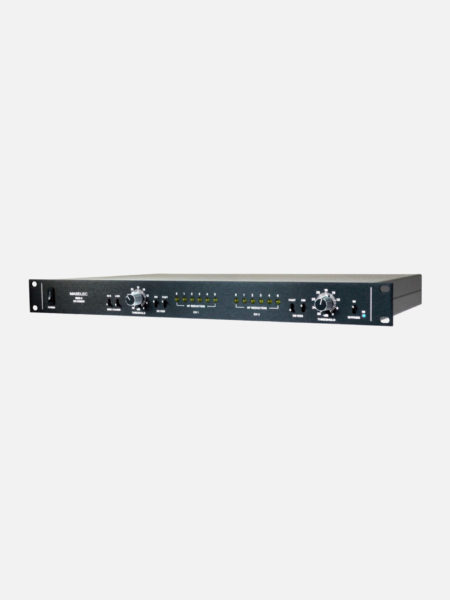
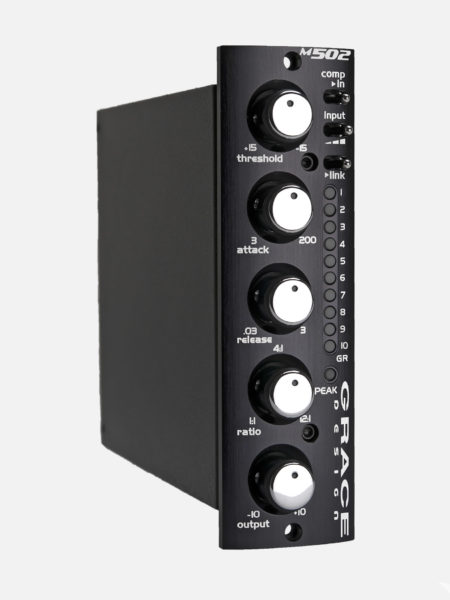
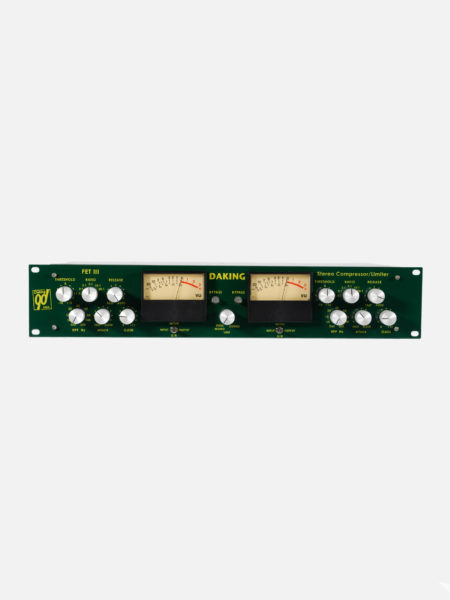
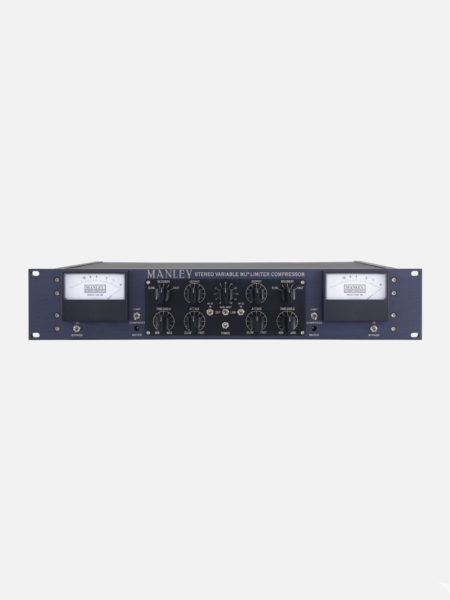
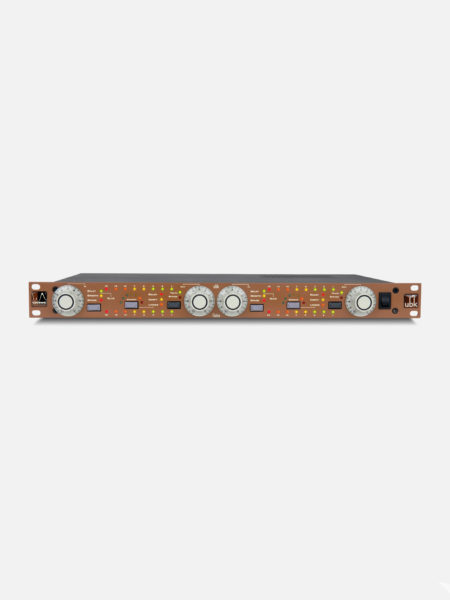
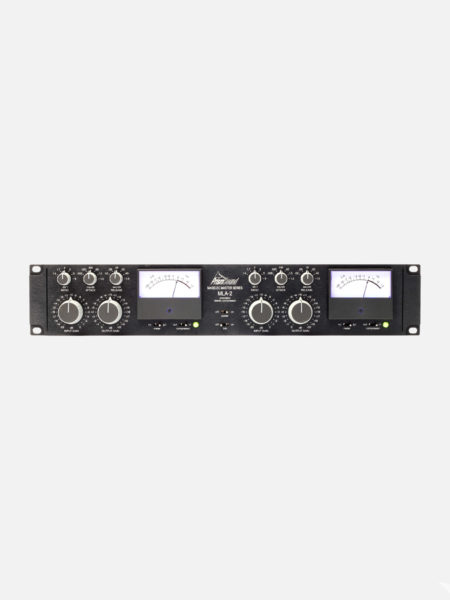
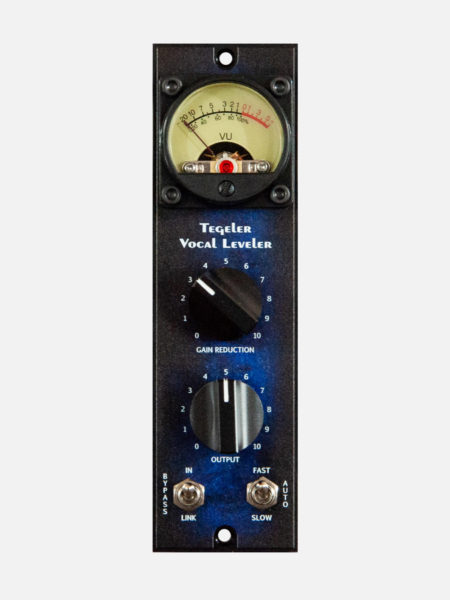
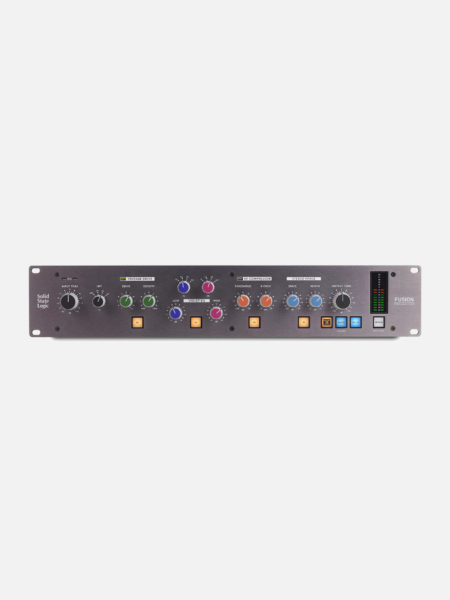
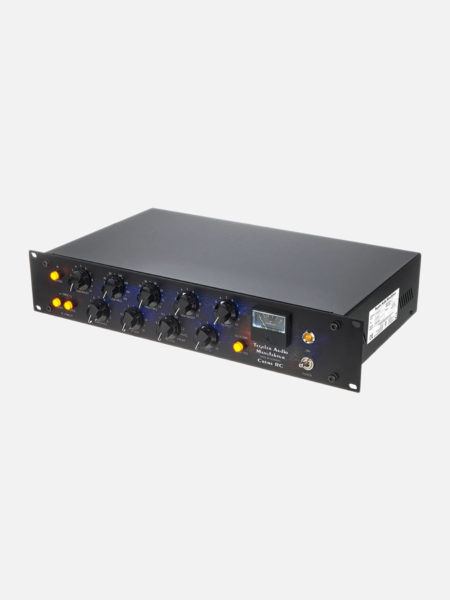
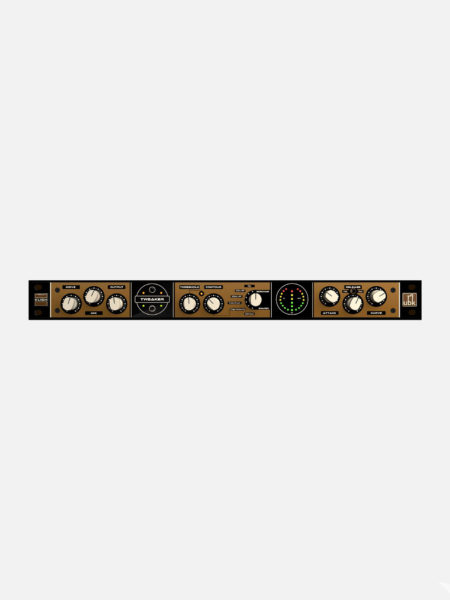
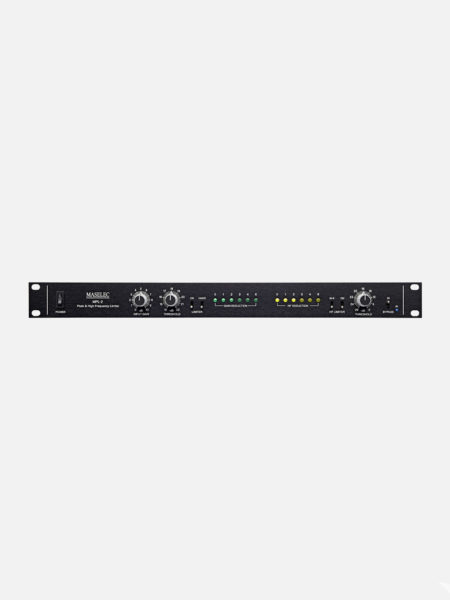
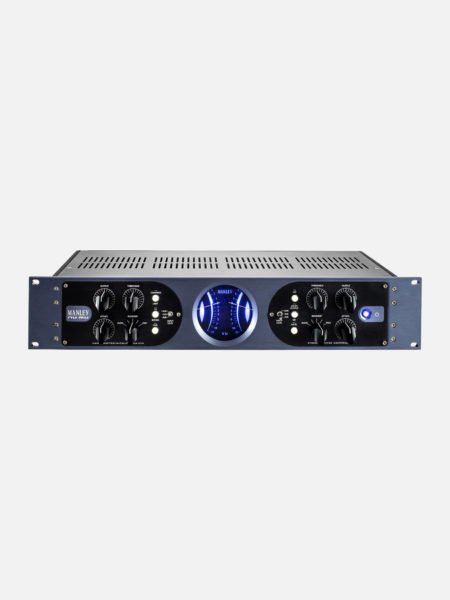
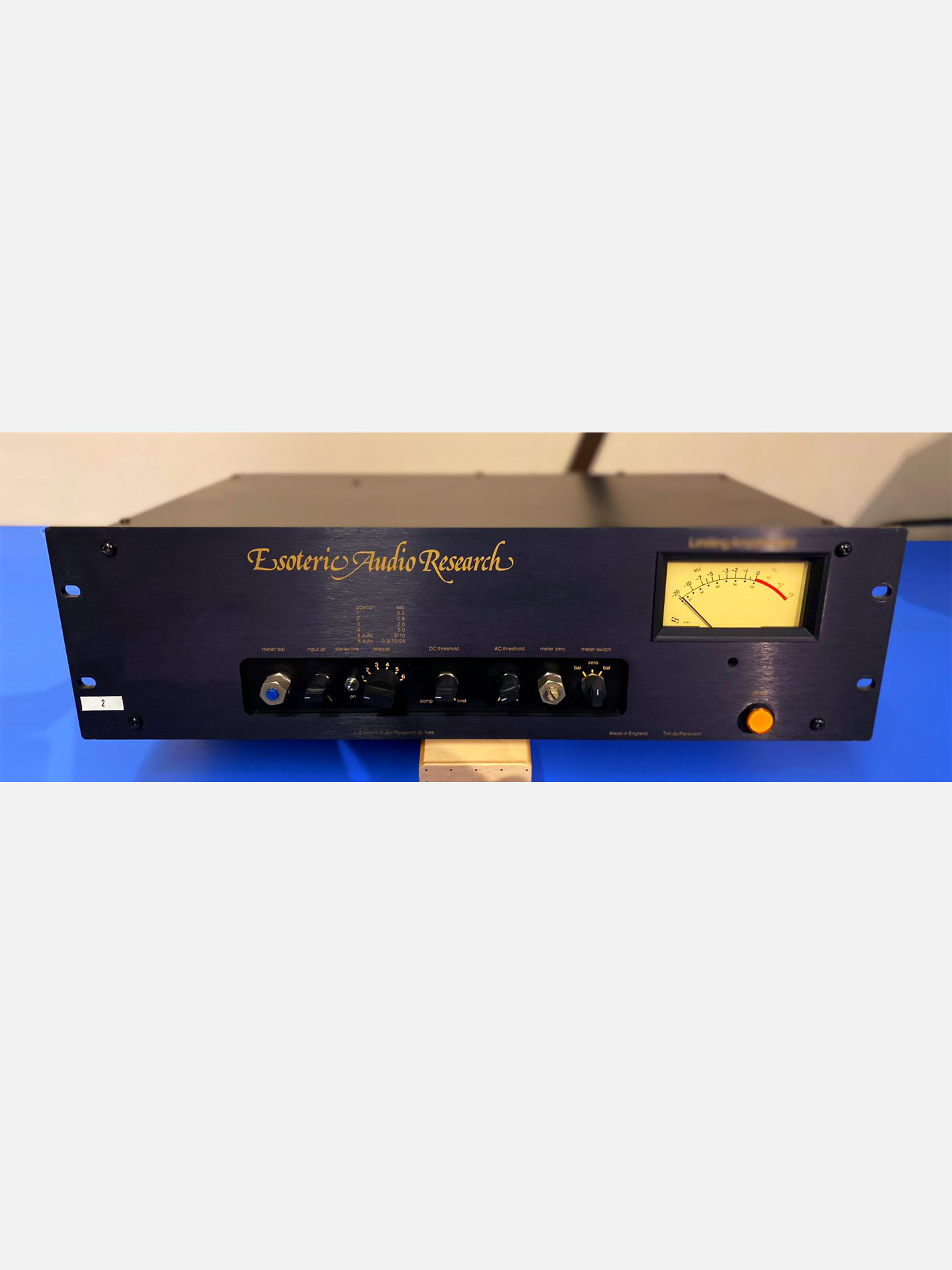
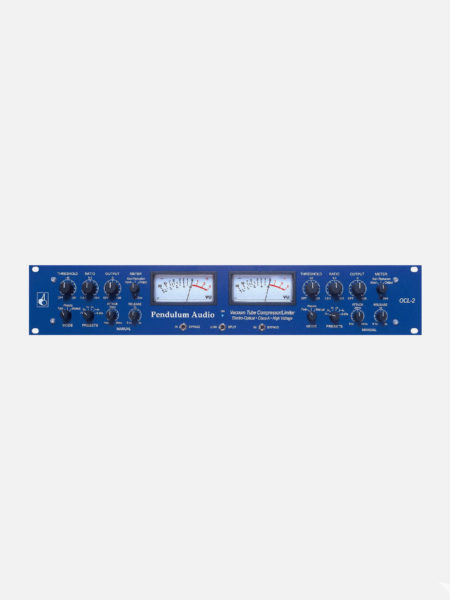
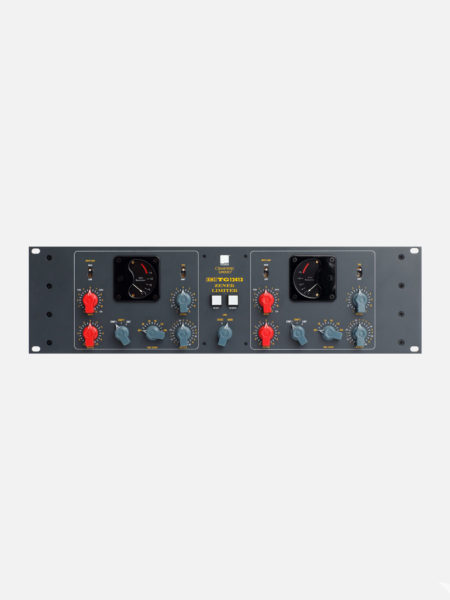
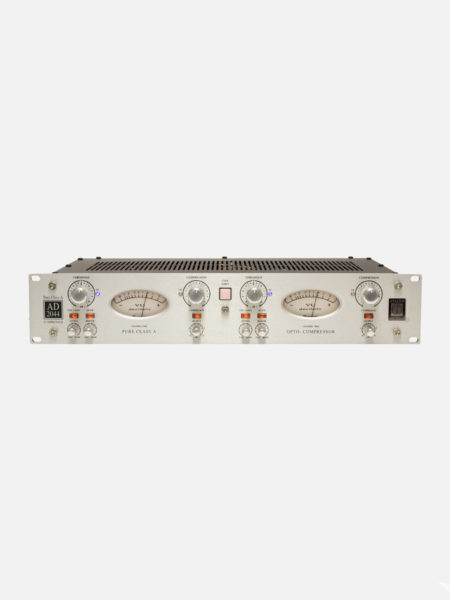
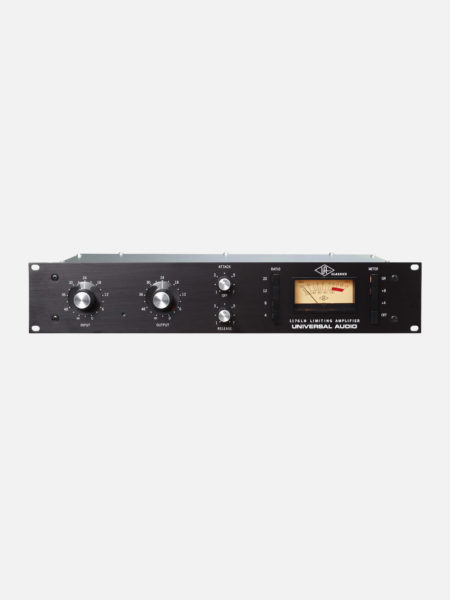
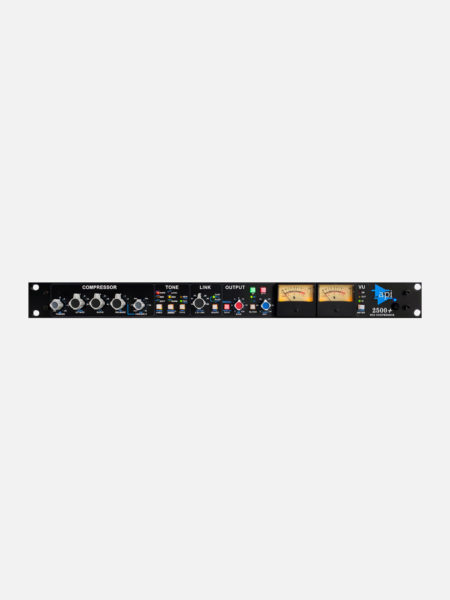
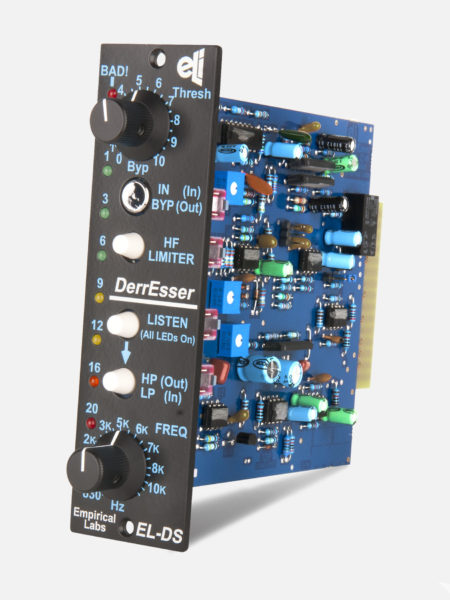
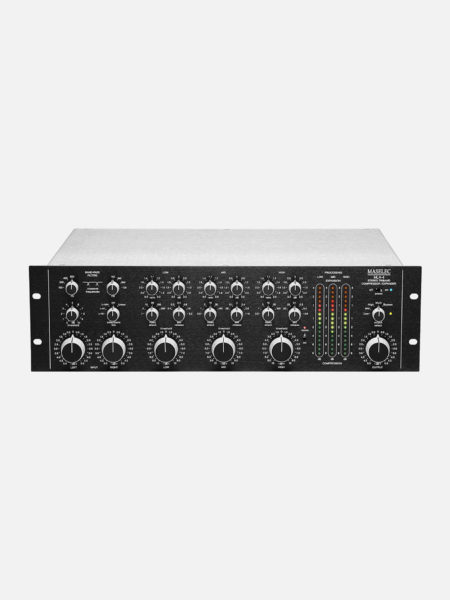
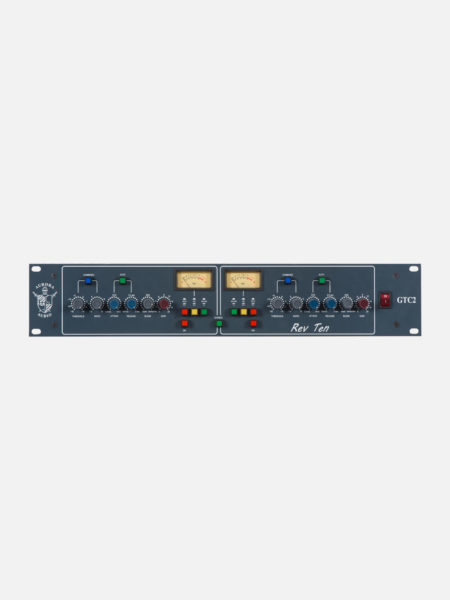
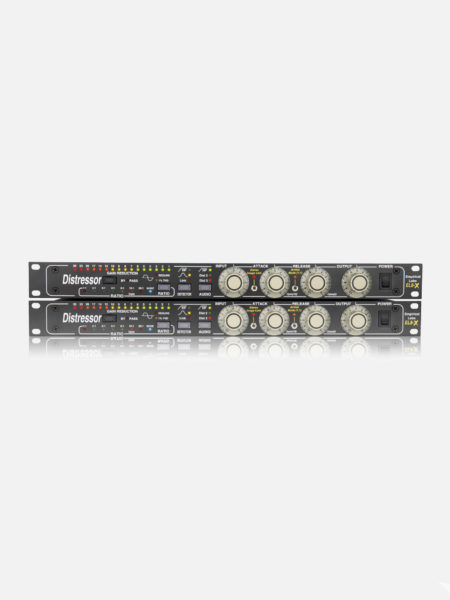
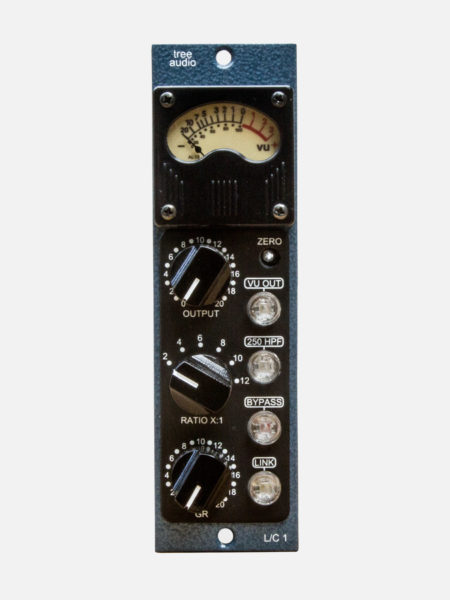
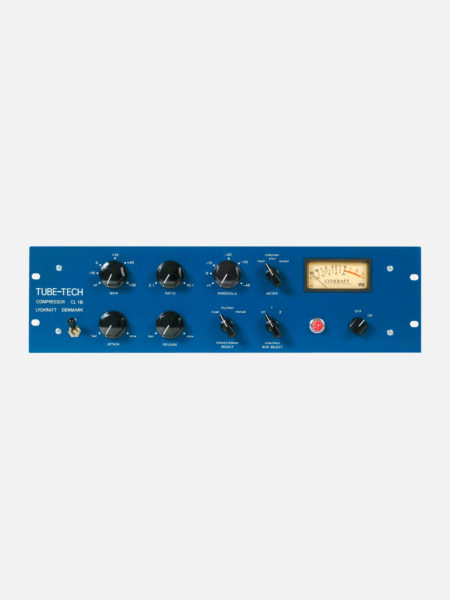
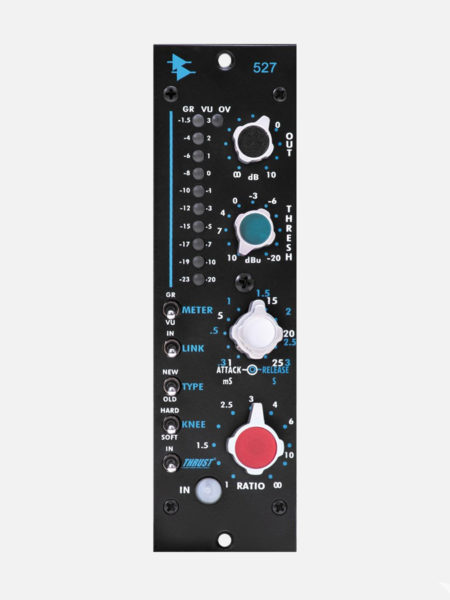
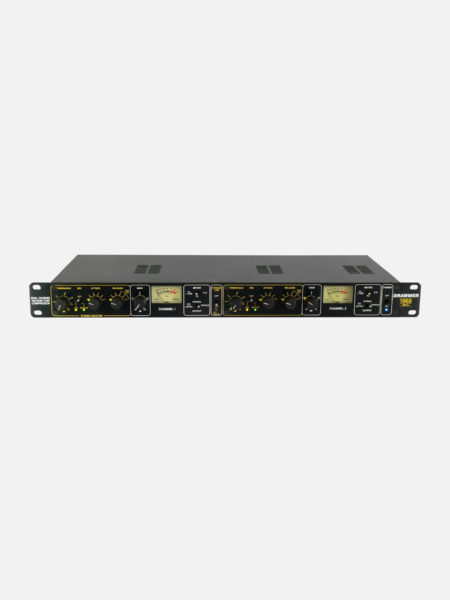
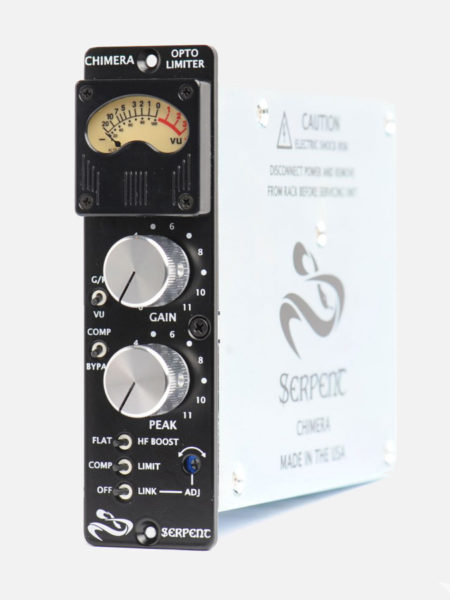
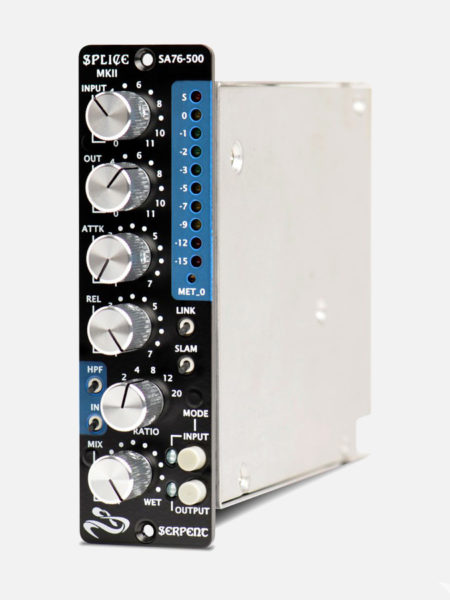
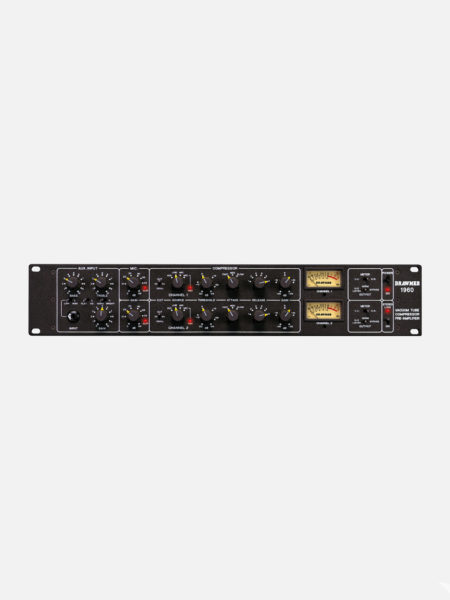
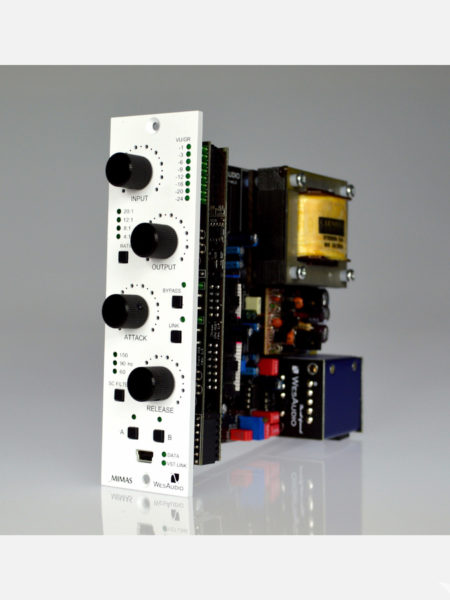
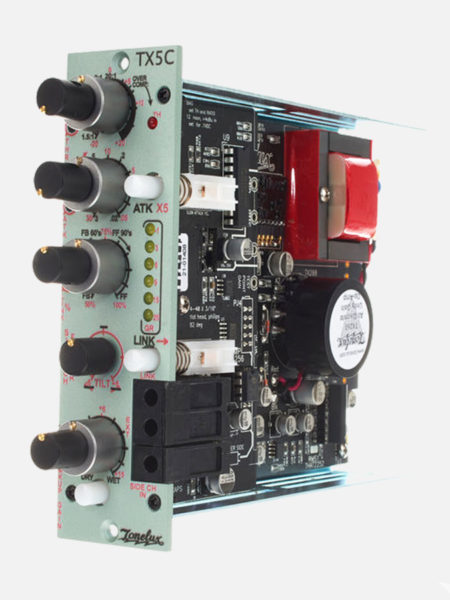
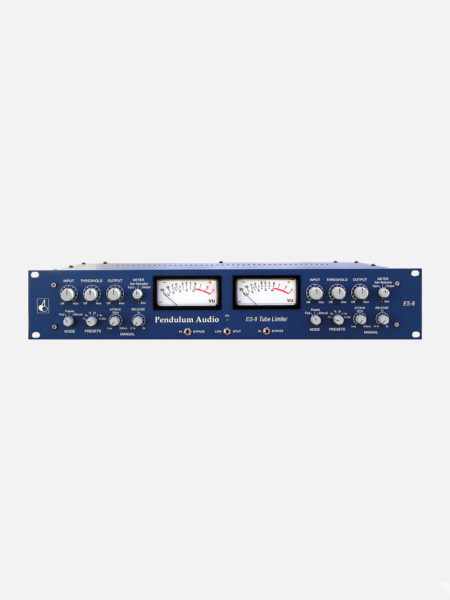
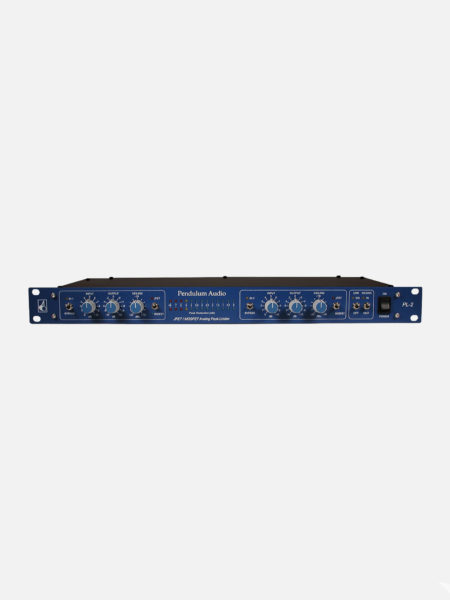
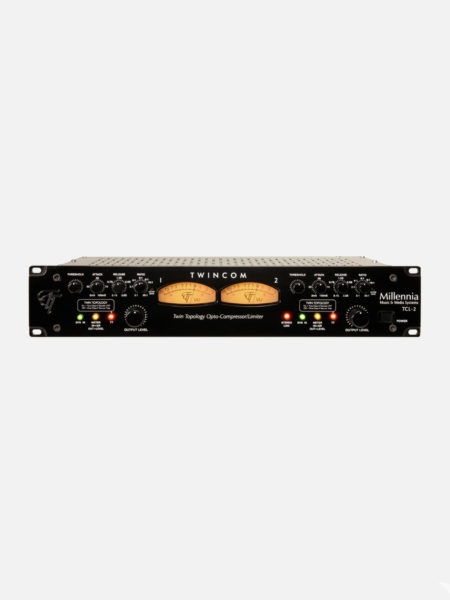
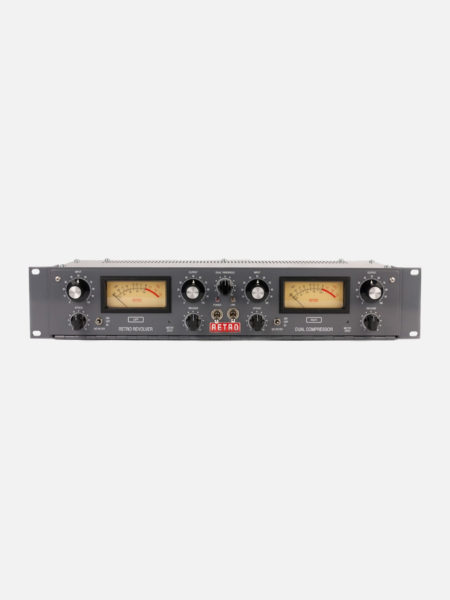
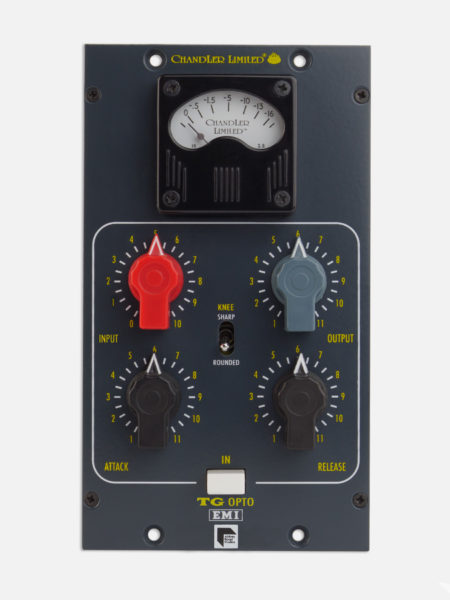

Recensioni
Ancora non ci sono recensioni.